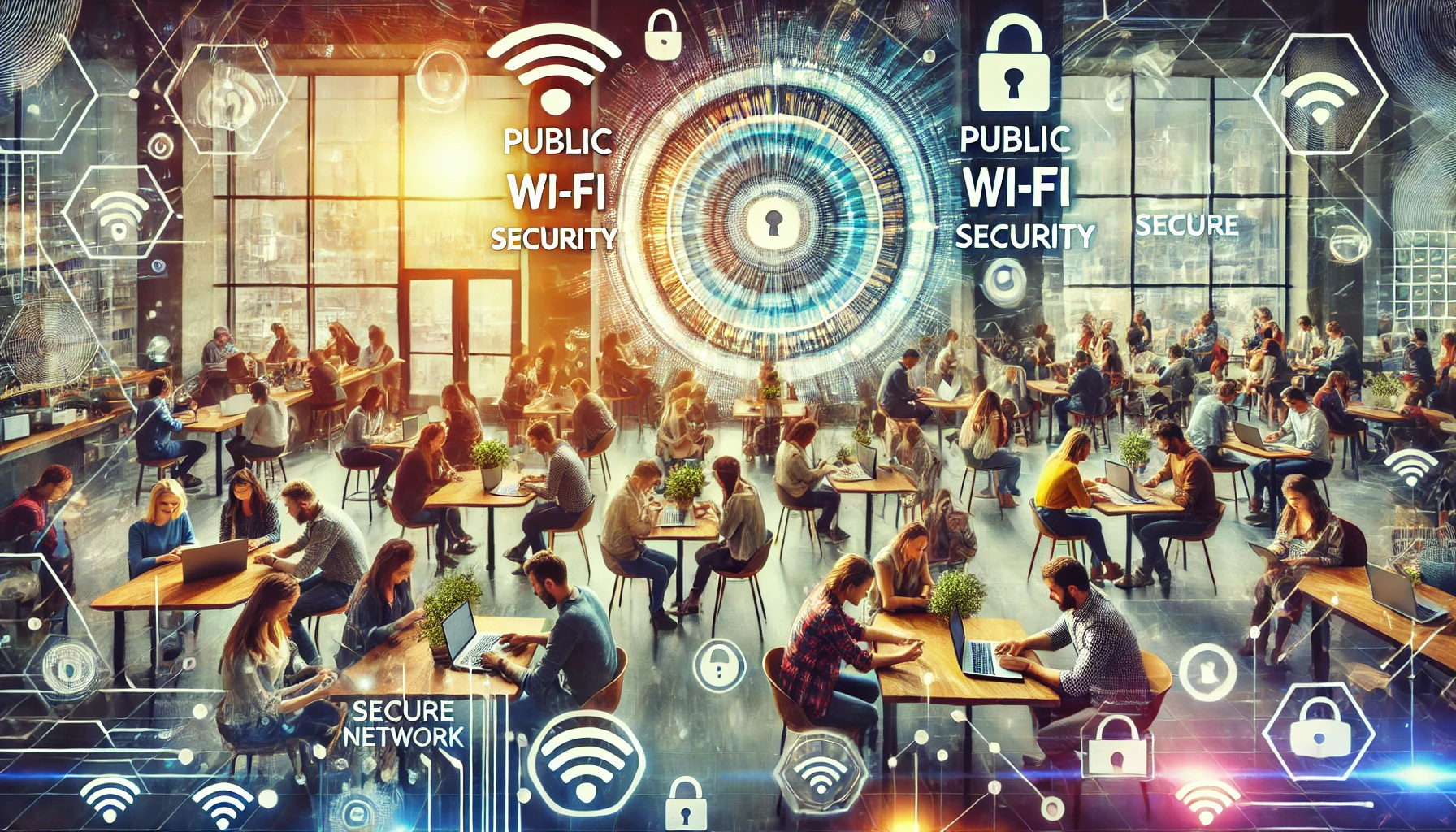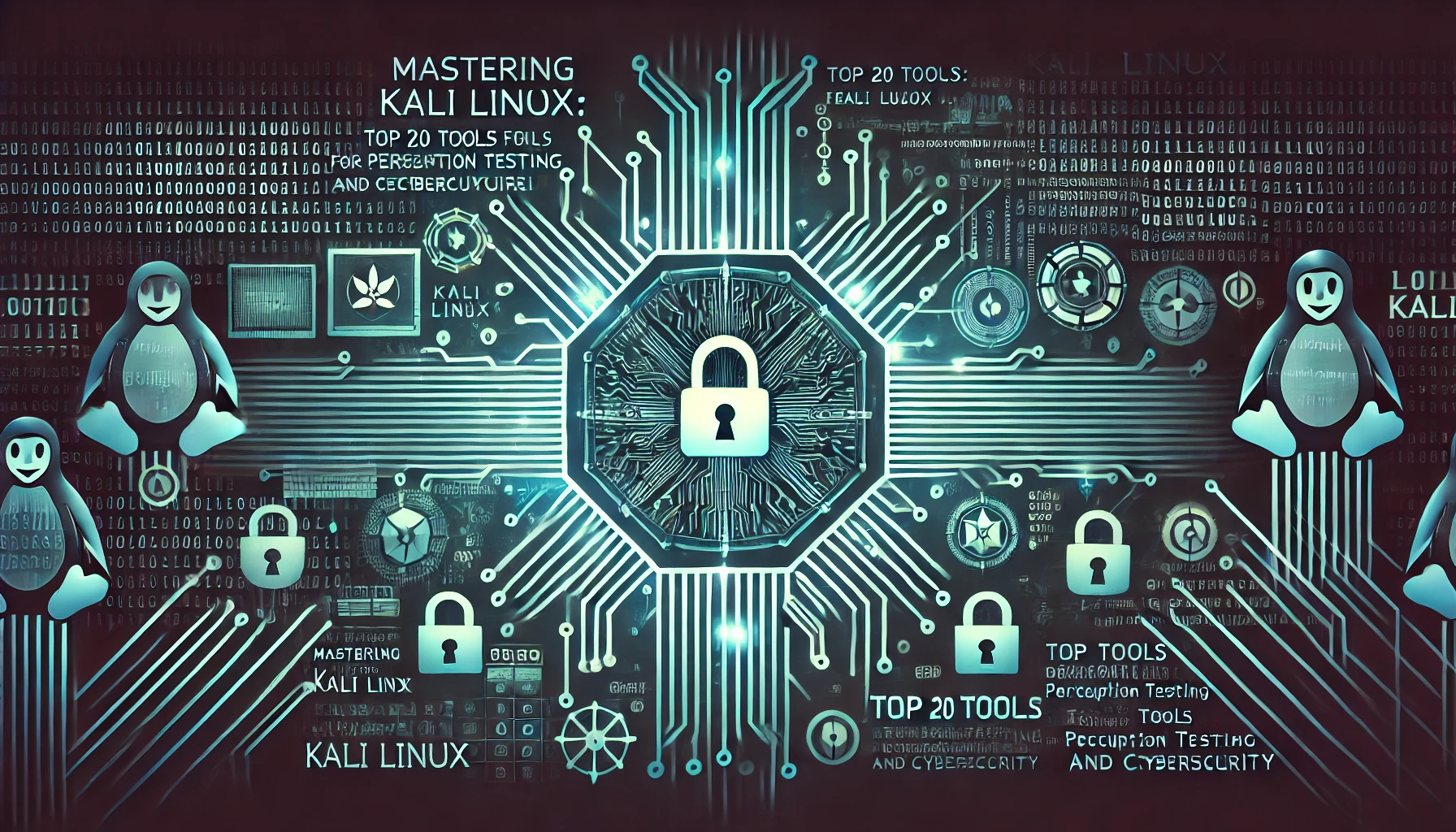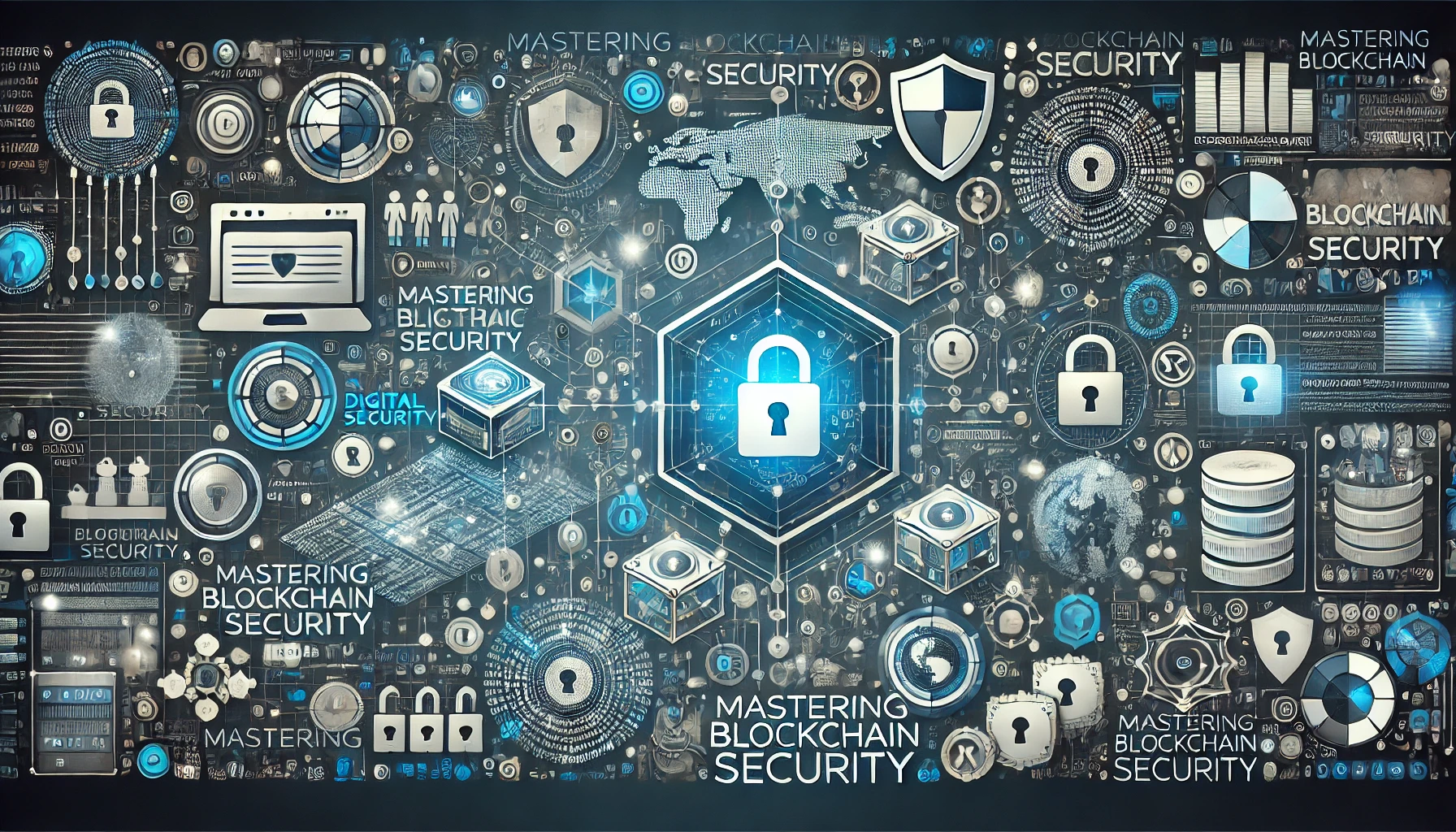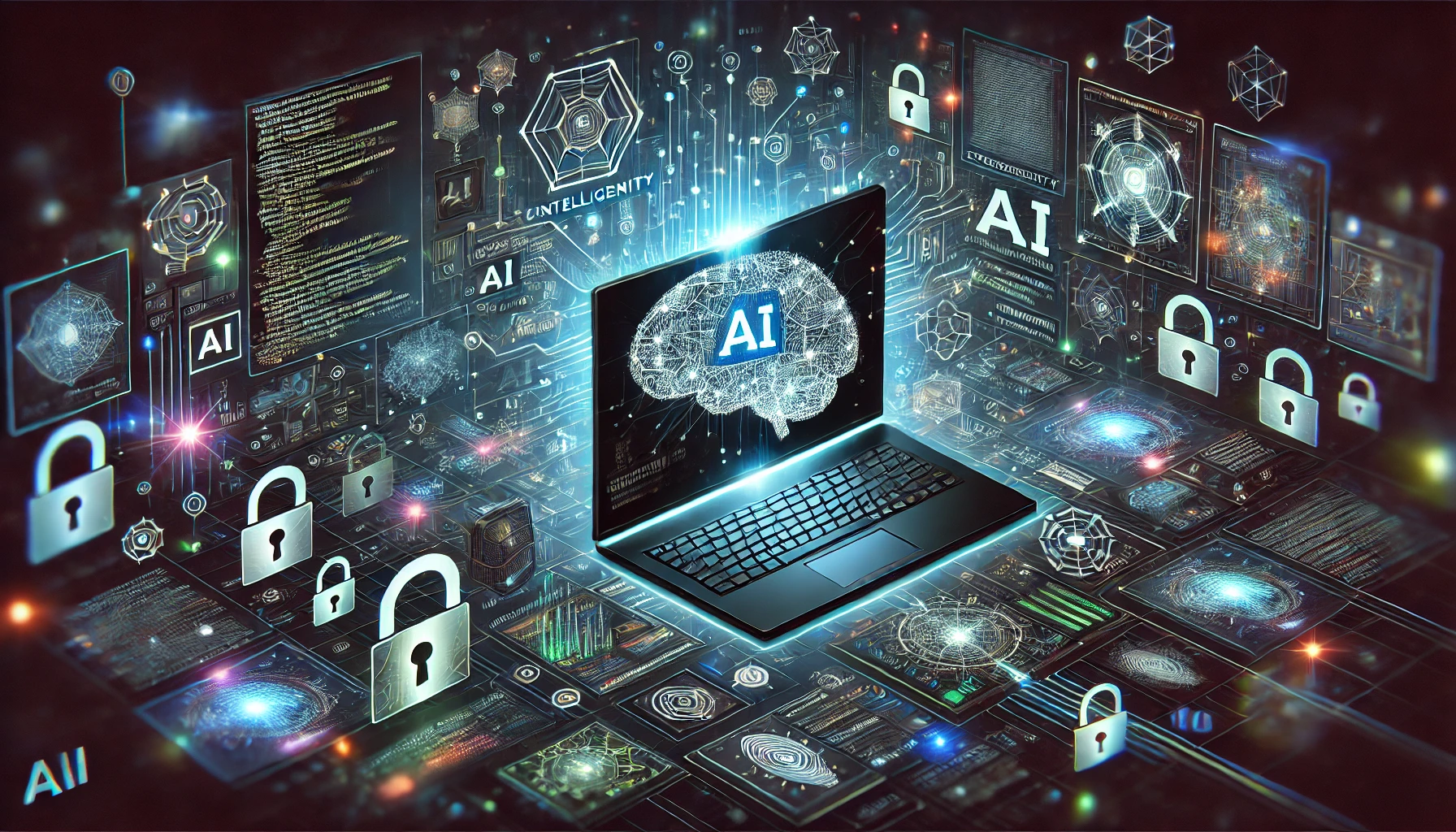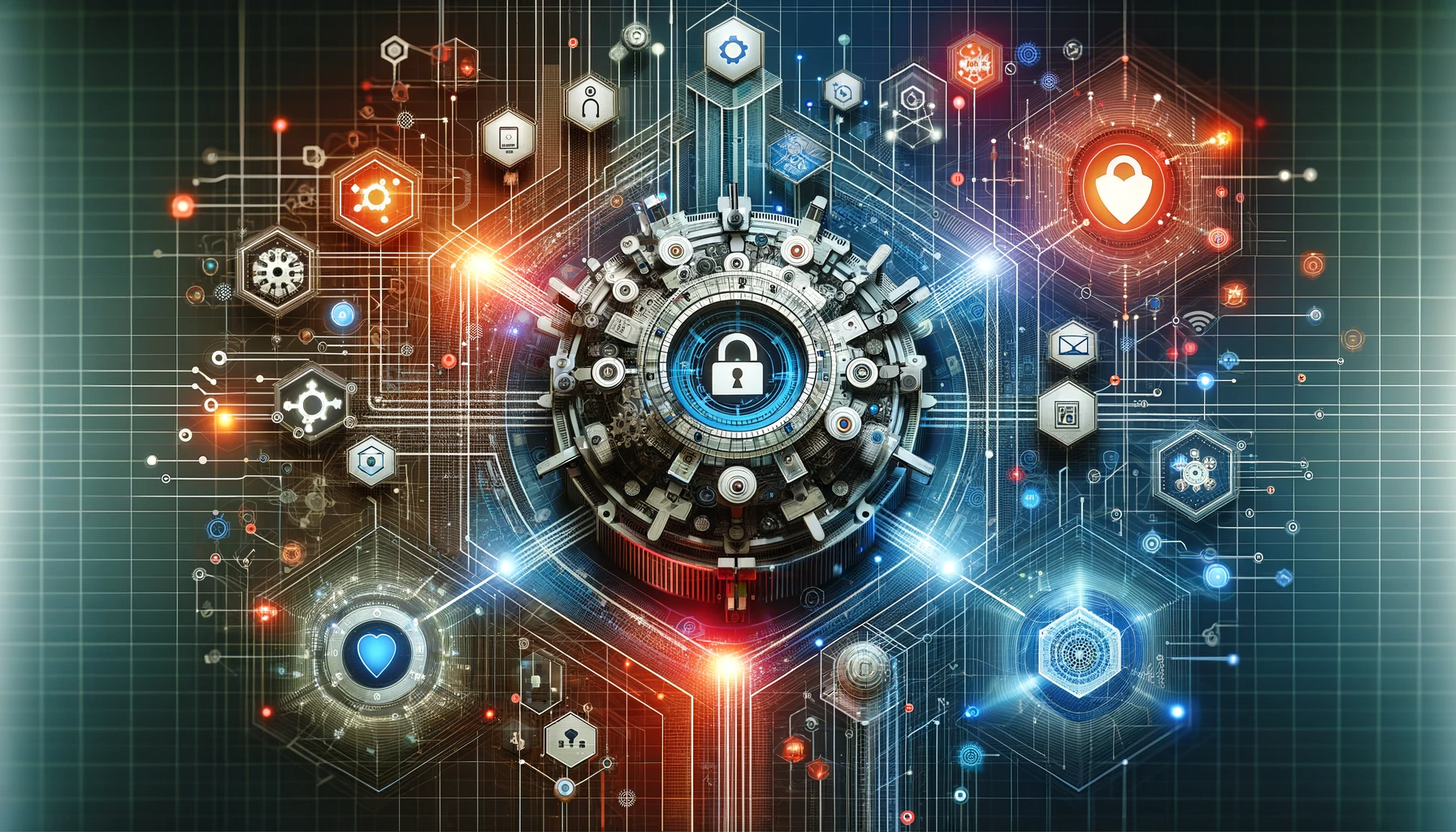
Introduction
Cyber-Physical Systems (CPS) have become an integral part of our daily lives. From smart homes to industrial control systems, CPS combines the physical and digital realms, enabling automation, connectivity, and efficiency. However, the increasing dependence on CPS also opens up new avenues for cyber threats and vulnerabilities.
Understanding Cyber-Physical System Security
Cyber-Physical System Security focuses on safeguarding the seamless integration of physical and digital components. It involves protecting CPS from cyber-attacks, ensuring the confidentiality, integrity, and availability of critical systems.
The Unique Challenges of CPS Security
Cyber-Physical Systems pose distinct challenges compared to traditional cybersecurity. Unlike purely digital systems, CPS involves tangible elements, such as sensors, actuators, and physical processes, making security measures more complex.
1. Complexity: CPS comprises interconnected components, networks, and software, resulting in a vast attack surface. Each component must be thoroughly analyzed to identify potential vulnerabilities.
2. Real-time Requirements: Many CPS applications require real-time responsiveness, which can limit the feasibility of security measures that may introduce delays. Balancing security and performance becomes crucial.
3. Physical Consequences: Breaches in CPS security can have severe physical consequences. Attacks targeting critical infrastructure, healthcare systems, or autonomous vehicles can lead to life-threatening situations.
Key Strategies for Securing CPS
1. Robust Authentication and Access Control
Implementing strong authentication mechanisms, such as multi-factor authentication and biometrics, helps prevent unauthorized access to CPS. Access control policies should be well-defined and enforced.
2. Secure Communication and Data Integrity
Encrypting communication channels and data transmission ensures confidentiality and integrity. Secure protocols like Transport Layer Security (TLS) and IPsec are crucial for protecting sensitive information.
3. Intrusion Detection and Anomaly Monitoring
Continuous monitoring of CPS components and networks helps identify potential threats and anomalies. Intrusion detection systems and anomaly detection algorithms can promptly detect and respond to cyber-attacks.
4. Physical Security Measures
Physical security plays a vital role in protecting CPS. Measures like video surveillance, access control systems, and tamper-resistant hardware help defend against physical tampering and unauthorized access.
5. Regular Updates and Patch Management
Keeping CPS components up to date with the latest security patches and firmware updates is crucial. Regular vulnerability assessments and penetration testing should be conducted to identify and mitigate potential weaknesses.
The Future of CPS Security
As CPS continues to evolve, security measures must adapt to emerging threats. Integration of Artificial Intelligence (AI) and Machine Learning (ML) can enhance anomaly detection and automate responses to cyber threats. Moreover, collaborations between cybersecurity professionals, engineers, and policymakers are vital to establishing robust security standards.
Conclusion
Cyber-Physical System Security is a critical domain in our increasingly connected world. Securing CPS requires a comprehensive approach, combining robust authentication, secure communication, continuous monitoring, physical security, and regular updates. By addressing the unique challenges of CPS security, we can ensure the integrity, availability, and safety of our digital infrastructure.
Stay Connected with Secure Debug
Need expert advice or support from Secure Debug’s cybersecurity consulting and services? We’re here to help. For inquiries, assistance, or to learn more about our offerings, please visit our Contact Us page. Your security is our priority.
Join our professional network on LinkedIn to stay updated with the latest news, insights, and updates from Secure Debug. Follow us here.



